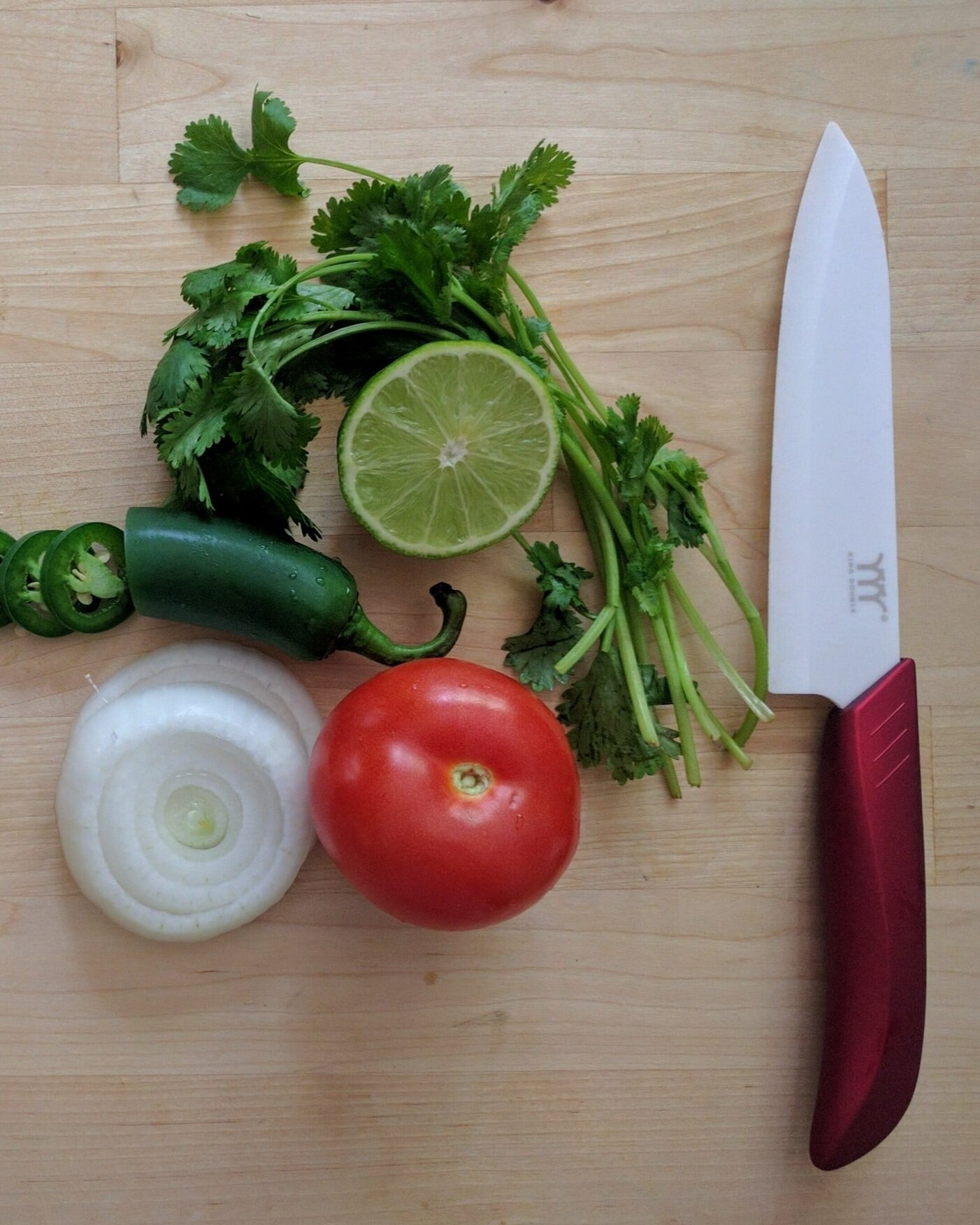How to grow your own Salsa Garden
Ever wanted to grow your own salsa ingredients? To have them fresh, organic and ready for homemade salsa with the knockout flavor that comes from garden-to-table? It’s super fun, not that complicated, but there are a few things that can be tricky that you must know to have a successful salsa garden in Texas.
Get the Right Set Up.
All your salsa ingredients need to be planted at the right time of year in the right type of soil. They need soil that drains well and holds moisture. This is why we only recommend raised beds for salsa gardens in Austin. Our native soil is too heavy and too full of rocks. To get the most out of your tomatoes and peppers, baby them with 6 hours of sun and top quality garden soil.
Some like it hot, some don’t.
Not all ingredients of your salsa garden are spring crops. Your Austin Texas salsa garden will grow 12 months a year and there are tricks to overlap so you can get them all chopped, cooked, canned, and on your tacos at once. Tomatoes and peppers should be grown during our warm season, planted March-June, harvested April-October. Onions should be planted as seed in September-November or as baby plants (known at “sets” at the nursery) November-February. You should be harvesting your onions April-June, depending on the variety and when they are planted and they will keep in the fridge for a few months (after curing). Cilantro is another one that a lot of people get wrong. Cilantro does not do well in our heat, loving ideal days around 50 degrees. Cilantro can be happy in a freeze! Sow cilantro seeds August-January, plant plants October-February and plant to harvest before it “bolts” (grows a stuff flower stock up the center) around March or April. Then you can pulse in a food processes, add in a touch of water and freeze in ice cube trays for “fresh” organic salsa all year round.
What about some lime?
Mmmm…. who doesn’t love a good splash of lime on your Mexican food? Do you add it to salsa? Growing your own lime trees in Texas isn’t too hard. You just have to know a few key things: 1) Keep it out of the freeze, 2) Grow it in a pot (so you can do #1 by moving it into the garage), 3) Chose a dwarf variety (so #2 is practical!), and 4) Make sure the pot is large - as wide as the width of it’s branches and leaves. You will need to feed it, prune away branches as they get in the way of another one, and replace the soil every couple of years.
You can’t go wrong if you have the ingredients all home grown in your home vegetable garden with the right set up and planted seasonally. I hope you consider growing a salsa garden this year!


